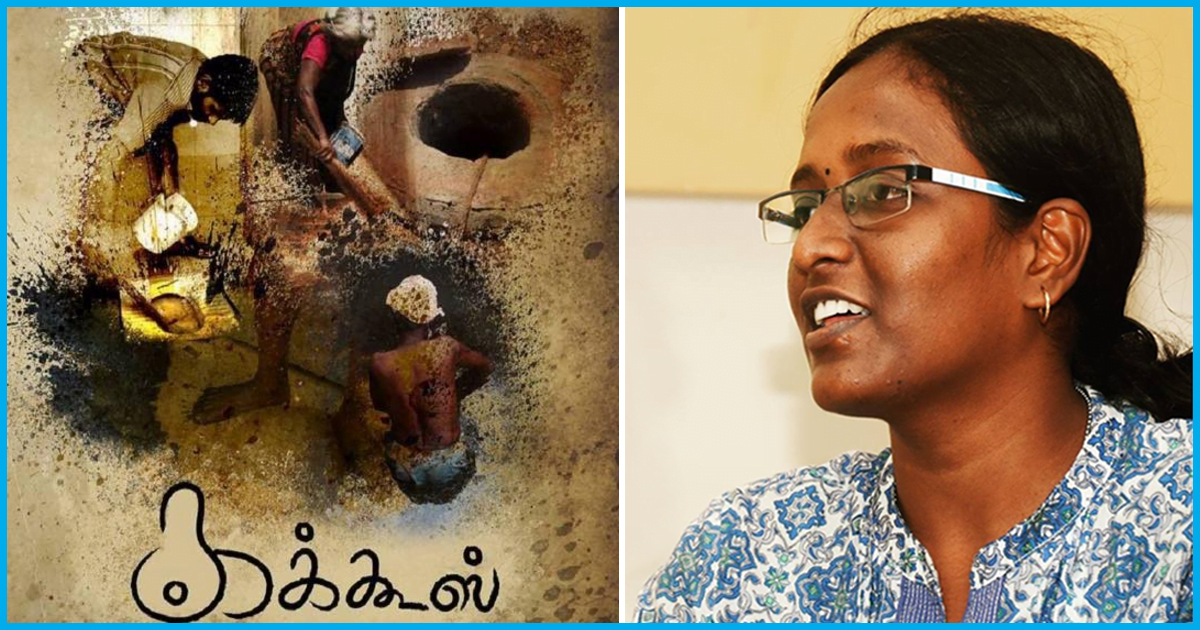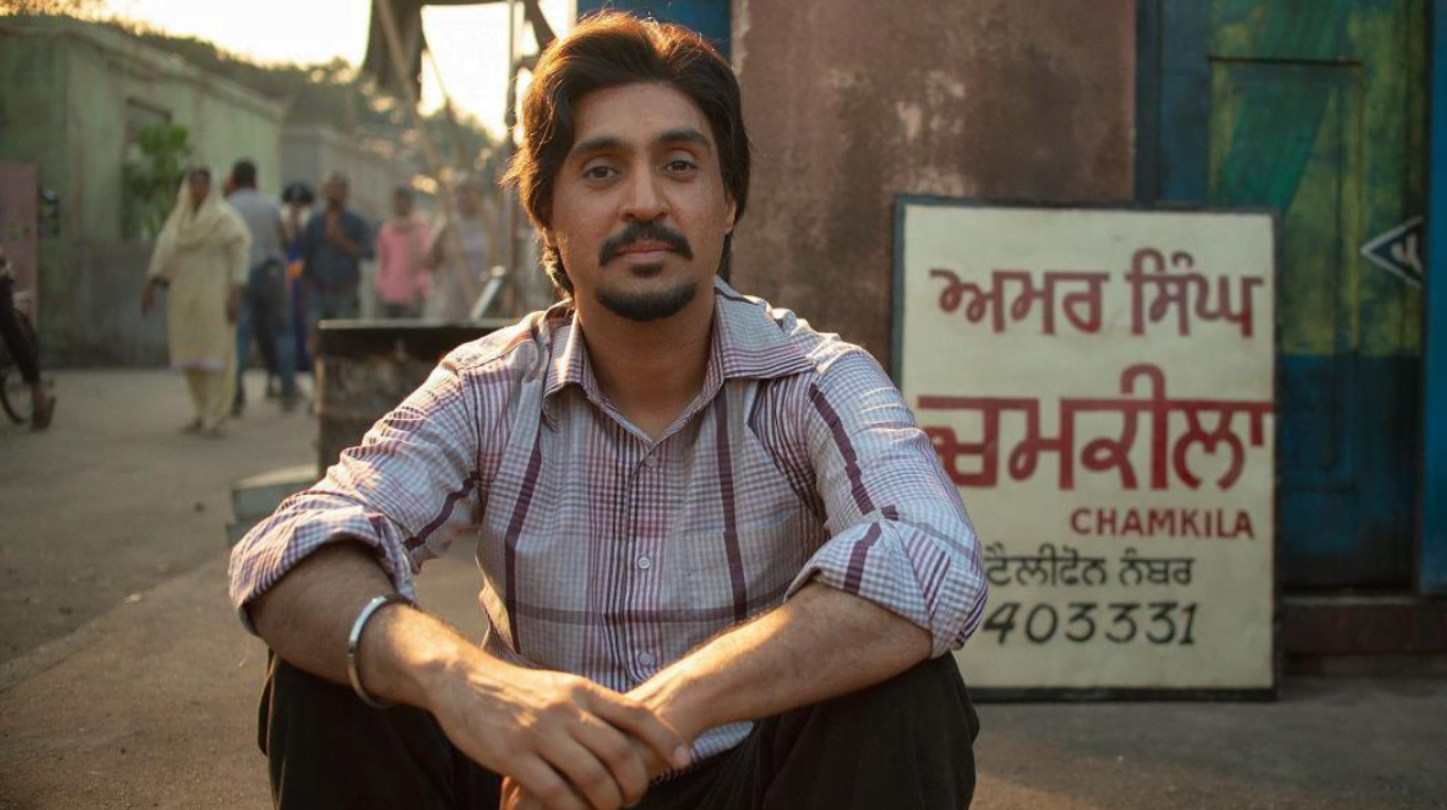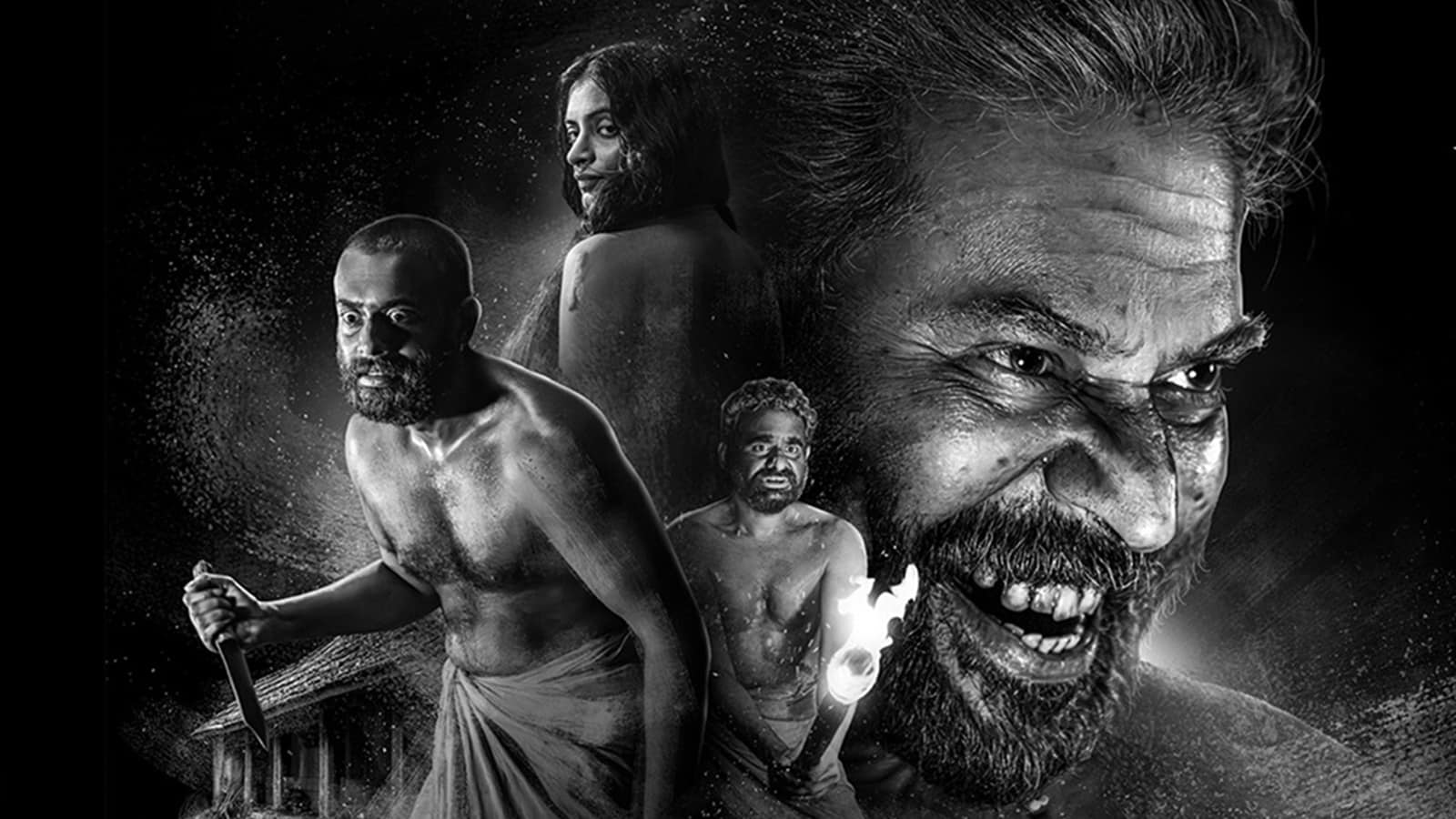Kakkoos is a 2017 Tamil documentary which portrays the lives of people who are caught in manual scavenging, an occupation which is purely based on caste. The movie came as a shock to its audience as it realistically portrayed the lifestyle of these workers who belong to the Dalit community. Divya Bharathi, the director of the documentary, makes it clear right from the beginning that the only reason the workers are chained to the occupation is because of their caste.
The movie holds no space for its audience to feel pity or sympathy, but educates us on how we are all complicit in this social setup by turning a blind eye and continuing to ignore this problem which happens right under our noses. For her, this was not a mere movie where she could document their troubles and move on. She spent a year living among them, filed various legal cases during the course of the project and helped the people get whatever little justice was allowed to them.
According to The Employment Of Manual Scavengers and Construction of Dry Latrines (Prohibition) Act of 1993, manual scavenging is defined as the action of “manually cleaning, carrying, disposing of, or otherwise handling in any manner, human excreta in an insanitary latrine or in an open drain or pit into which the human excreta from the insanitary latrines is disposed of, or railway track or in such other spaces or premises… before the excreta fully decomposes”.
Kakkoos explores how the very definition is problematic for many reasons, one being that it doesn’t explicitly include sewage workers, who are subjected to a lifestyle which is hardly any better. Secondly, by this definition, workers who use ‘tools’ are also often overlooked, as it is believed that the safety gears provided to them would aid them to carry out their daily tasks in a hygienic manner. In reality, as seen in the documentary, these tools are either not provided to the workers at all, or are in such bad conditions that they actually hinder their work.
There are scenes in Kakkoos where the workers say that the gloves provided to them give off such bad lingering odour that they rather clear the garbage and dispose human excreta with their bare hands. The only purpose these low-quality, counter-productive tools serve is that the authorities involved can claim that they play no active role in the declining health of the people, as they have dutifully supplied such gears.
The hygiene of the workers seems to be of the least priority. They are also asked to ‘take care’ of unclaimed dead bodies that the police find, no matter at what stage of decomposition it is in, without appropriate safety measures. The workers also are asked to dispose dirty sanitary napkins which they claim give away worse stench than human faeces.
They are also asked to ‘take care’ of unclaimed dead bodies that the police find, no matter at what stage of decomposition it is in, without safety measures.
Machines have been invented to spare human beings from having to undergo such traumatic experiences. But this technology has been hardly utilised because the machines are expensive and not easy to maintain. Therefore men are made to physically climb inside septic tanks to clean them. This has led to a large number of deaths. Divya Bharathi claims that she has recorded 27 cases of malakuzhi kolaigal or septic tank killings just during the course of her shooting, where one occurred in the house of a sub-inspector himself.
These deaths have been however reported by media as deaths that occur during the cleaning of water tanks, as it is illegal to hire humans to clean septic tanks. In spite of the overwhelming evidence, not one arrest has been made so far for any of these deaths. When Bharathi herself went to the police to file complaints, she was turned away as they were unwilling to file an FIR. When she took things further, the court ended up ordering an investigation on her for even trying to file a complaint.
The community is also shown to be segregated in terms of accommodation as they are only provided with homes away from the city. Such areas are maintained poorly as they hardly have access to clean water or public transport. The workers are treated inhumanly by not just the contractors, but also by the general public. They are not even given water in glasses or cups, but are expected to receive water and drink it in their cupped hands. Ironically, they are also not allowed to use the bathroom they clean. Even the taps they touch are cleaned before being used by others as it is believed that they spread theetu or impurity. As a worker rightfully questions, if this isn’t untouchability, what is?
In 2013, the Government passed a new legislature, The Prohibition of Employment as Manual Scavengers and their Rehabilitation Act, according to which the number of people employed as manual scavengers in the country must be identified and provided with alternate employment. To nobody’s surprise, no accurate survey has been made till date. The workers claim that these official records only hold falsified information as they have not taken part in any such surveys, nor do they have any proof of their occupation, as they do not sign in and out of work.
The worst of all, perhaps, is that the Government has privatised the business of toilet cleaning, which means that instead of being employed as Government employees, a large chunk of these people work on contract basis. This adds to their misery as they are deprived of all measly benefits they are entitled to.
They have been systematically kept here for one reason and that reason is caste.
Bharathi does not leave anything ambiguous in her movie. She clearly depicts that these people didn’t happen to find themselves in this situation by chance. They have been systematically kept here for one reason and that reason is caste. They are forced into an occupation which, instead of acting as a tool of liberation only oppresses them further. Therefore, until annihilation of caste takes place, no law could ever better their current living conditions, and for this she holds every person in the society responsible. As Advocate Saravanan claims in the movie, “It took our Government 48 years to even realise manual scavenging is inhuman. Such is the casteist reality of our nation”.
Also read: The Modern Savarna And The Caste-Is-Dead Narrative
Like any oppressed group, the women suffer the most here too. 90% of the employees are women. Not only is inhuman treatment part of their job description, but they are also often sexually harassed by their superiors. It is chilling to witness so many women in the documentary talking about their health issues. One of them even comments, “Inga yenda pombalaikum karba pai kidaiyaadu” (No woman here has a womb/uterus). This due to their constant exposure to chemicals and heavy labour. They continue to work hard even after undergoing major surgeries like hysterectomy, without being allowed enough time to rest. This causes them to lead not just an unhealthy life, but a painful one as well. As Bharathi says in one of her interviews, “It is not possible to separate Dalit struggles from women struggles”.
In a society where arguments against caste-based reservation still exist, these communities are often questioned about why they haven’t made use of the ‘perks’ offered to them. Bharathi addresses this in Kakkoos. The Dalits in the documentary talk about how their children are constantly tormented by educational institutions. A majority of them drop out before they even finish their 10th standard.
They are often called out of the class to clean the houses of the authorities (sometimes even their septic tanks) or are driven away in contempt of their caste. A mother disgustedly reports, “Yenga kozhadaingala padikavum vida maatinguraanga. Thorathi thorathi vitiraanga andha vaadhiyaarunga” (They do not let our children study. Those teachers keep driving them away.) These are not actions that occur due to ignorance but are conscious steps taken to maintain the status quo, so they remain chained to the system.
Bharathi has received about hundreds of rape and deaths threats for her noble deeds while also being accused of blackmail and cyber terrorism.
It is clear that the community has been failed by not just our Government, law, education system and religion but by humanity itself. Taking all of this into account, the fact that Tamil Nadu does not even appear on the top five states where manual scavenging is the most prevalent is nothing short of horrifying. What then about the states that are considered to be even worse?
Divya Bharathi, on the other hand, has been abused and bullied for exposing the systematic crimes that occur against Dalits. She has received about hundreds of rape and deaths threats for her noble deeds while also being accused of blackmail and cyber terrorism. She is currently being harassed by the Indian police for her second documentary called ‘Orutharum Varela’ (Nobody Came) where she has recorded the shocking apathy of our Government which led to the deaths of hundreds of fisherfolk along the coast of Tamil Nadu and Kerala during the cyclone Ockhi.
Featured Image Source: The Logical Indian




